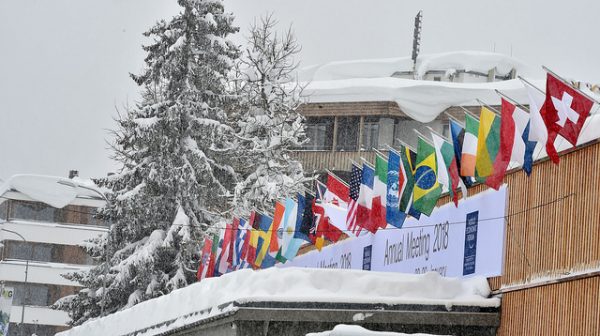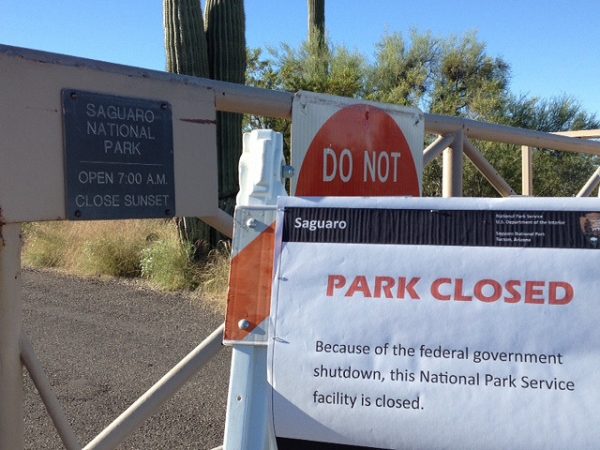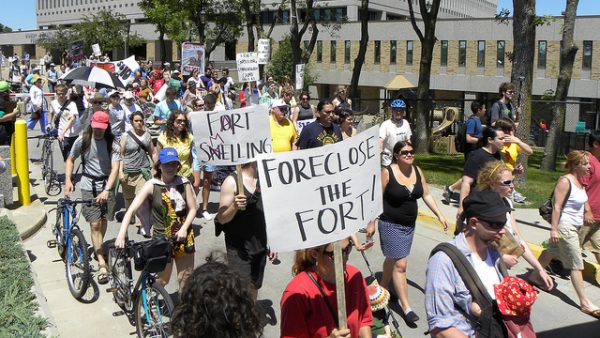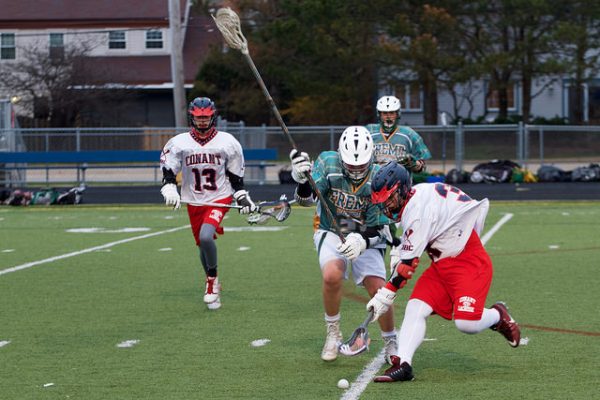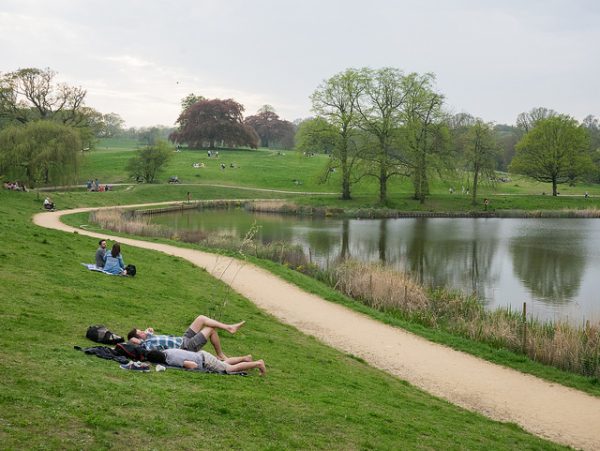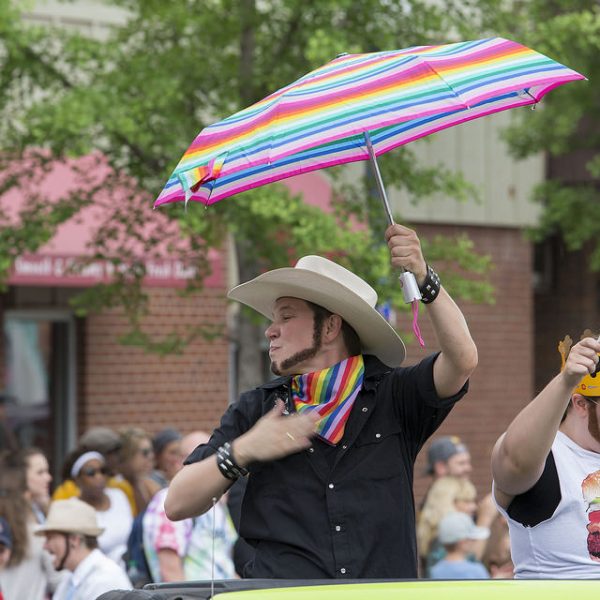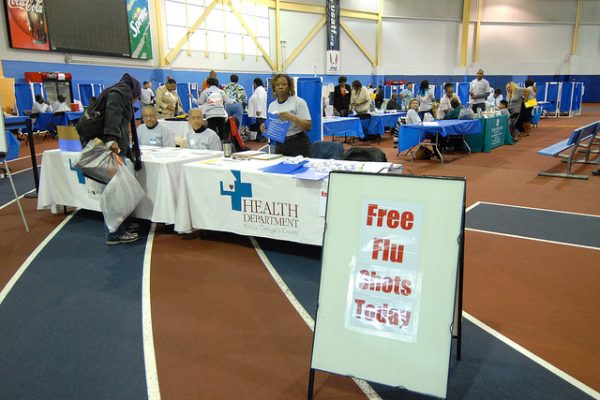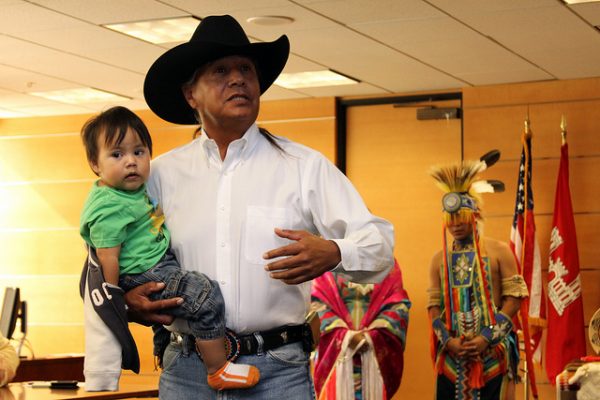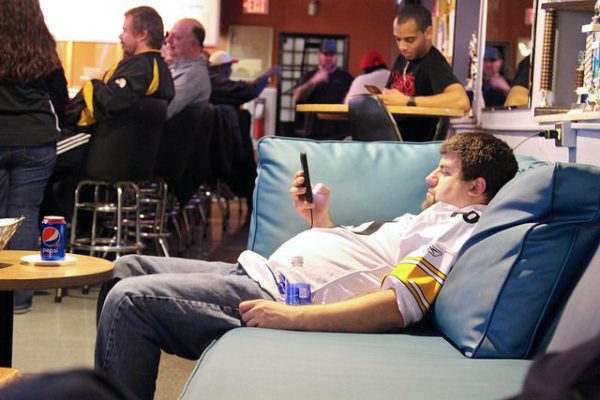
Each year we are reminded of research on how many calories the average American eats on Super Bowl Sunday (hint: it’s more than Thanksgiving). Other research finds that fans of NFL teams that lose eat more saturated fat the next day than fans of teams that win. News outlets ranging from Men’s Health to Runner’s World to Healthy Women publish guides on how to stay healthy on game day. But sitting on the couch isn’t the only activity that is linked to both sports and food. As plan your healthy (or unhealthy) Super Bowl weekend, take a look at the research on how athletics can affect the eating habits of athletes ranging from body builders to youth basketball players.
Among female athletes, eating disorders are a prevalent issue. However, the research on whether female athletes are significantly different from their non-athlete peers regarding prevalence of eating disorders is mixed. Sport-specific factors such as performance pressure contribute to disordered eating, especially in sports that encourage leanness. The combination of disordered eating, amenorrhea, and osteoporosis is called the “female athlete triad.”
- Solfrid Bratland-Sanda and Jorunn Sundgot-Borgen. 2013. “Eating Disorders in Athletes: Overview of Prevalence, Risk Factors and Recommendations for Prevention and Treatment.” European Journal of Sport Science 13(5): 499–508.
- Jessyca Arthur-Cameselle, Kayla Sossin, and Paula Quatromoni. 2017. “A Qualitative Analysis of Factors Related to Eating Disorder Onset in Female Collegiate Athletes and Non-Athletes.” Eating Disorders 25(3): 199–215.
Male athletes are not immune from concerns over eating. Wrestlers may be at particular risk of disordered eating due to the intense emphasis on weight. Other sports encourage weight gain, and specific positions, such as linemen in American football, often achieve weight gain through stomach fat that puts them at risk for health complications like diabetes and cardiovascular disease. Athletes and non-athletes may turn to steroid use to achieve a more muscular body, which can include intense cycles of 6,000+ calories per day followed by weeks of a stringent, low-calorie diet.
- James Chapman and Tim Woodman. 2016. “Disordered Eating in Male Athletes: A Meta-Analysis.” Journal of Sports Sciences 34(2): 101–9.
- Jackie L.Buell, Doug Calland, Fiona Hanks, Bruce Johnston, Benjamin Pester, Robert Sweeney, and Robert Thorne. 2008. “Presence of Metabolic Syndrome in Football Linemen.” Journal of Athletic Training 43(6): 608–16.
- Matthew Petrocelli, Trish Oberweis, and Joseph Petrocelli. 2008. “Getting Huge, Getting Ripped: A Qualitative Exploration of Recreational Steroid Use.” Journal of Drug Issues 38(4): 1187–1205.
Proponents of youth sports expect that these activities instill healthy food and exercise habits. However, one study found that many youth sports events provide participants with unhealthy food and lack healthier options. Although youth involved in sports are more likely to eat fruits, vegetables, and milk than those not involved in sports, they also consume more calories overall and are more likely to eat fast food and drink sugar-sweetened beverages. Parents and organizers of youth activities need to be aware of the food options and information available to young athletes in order to make youth athletics a net positive in the health of children.
- Megan Thomas, Toben F. Nelson, Eileen Harwood, and Dianne Neumark-Sztainer. 2012. “Exploring Parent Perceptions of the Food Environment in Youth Sport.” Journal of Nutrition Education & Behavior 44(4): 365–71.
- Toben F. Nelson, Steven D. Stovitz, Megan Thomas, Nicole M. LaVoi, Katherine W. Bauer, and Dianne Neumark-Sztainer. 2011. “Do Youth Sports Prevent Pediatric Obesity? A Systematic Review and Commentary.” Current Sports Medicine Reports 10(6): 360–70.

